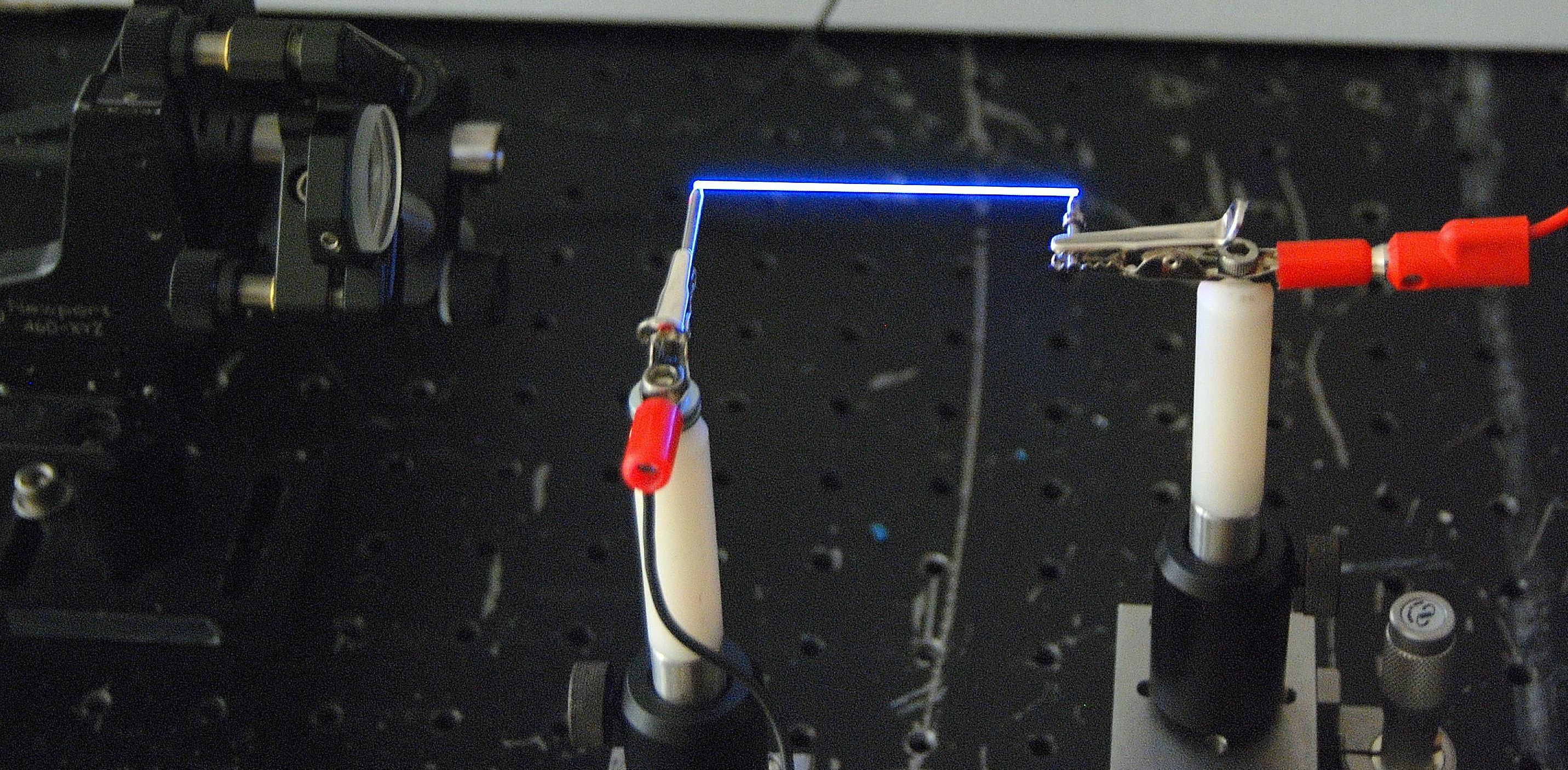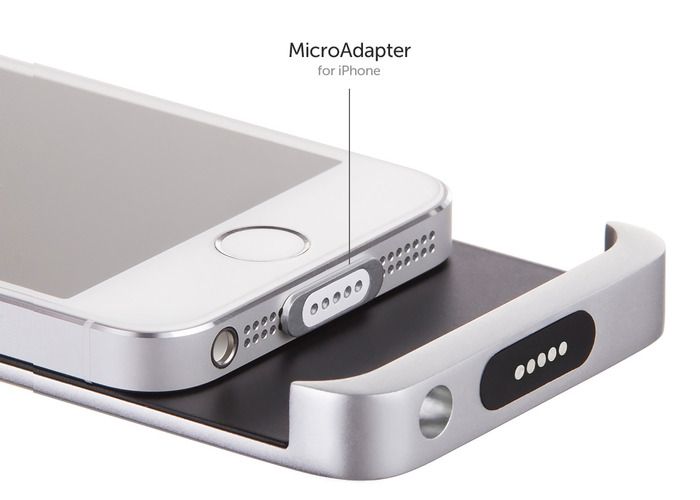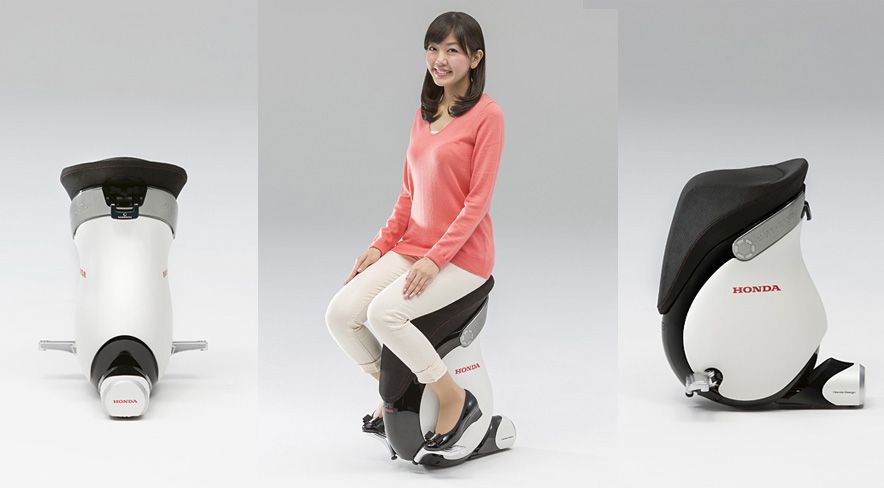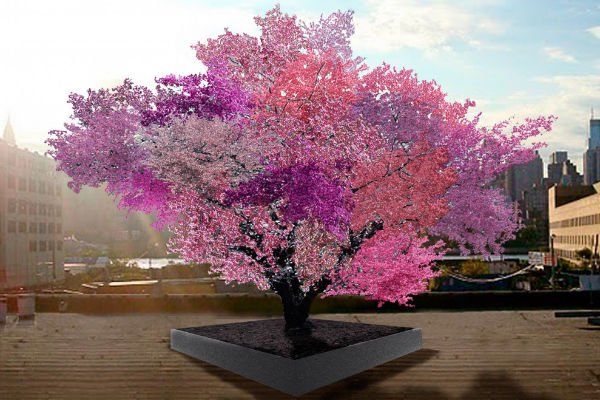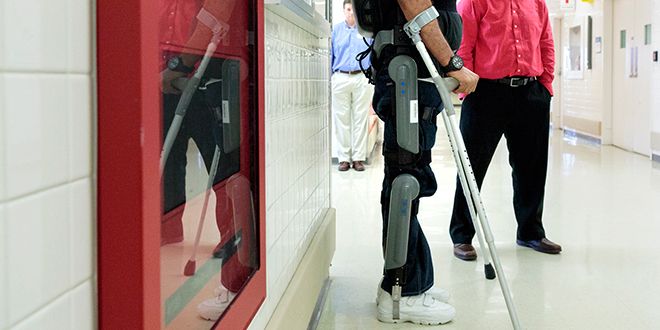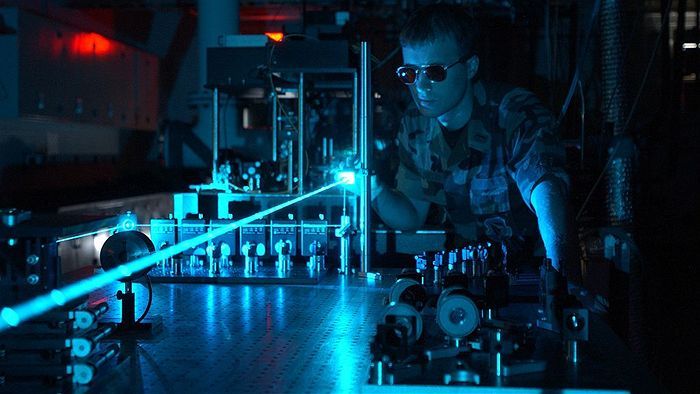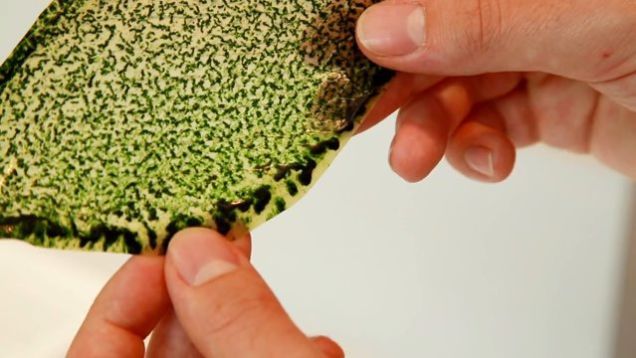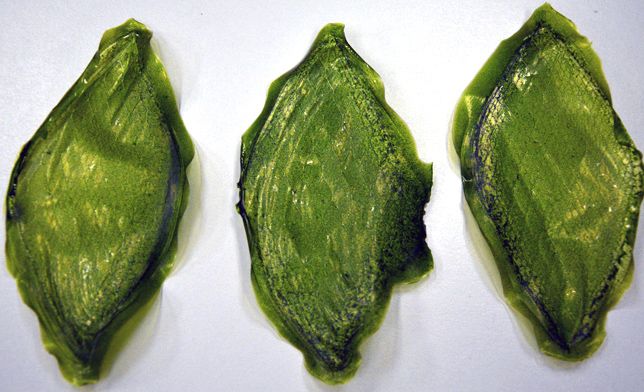Sep 21, 2015
Laser ‘Lightning rods’ channel electricity through thin air
Posted by Shailesh Prasad in category: energy
By zapping the air with a pair of powerful laser bursts, researchers at the University of Arizona have created highly focused pathways that can channel electricity through the atmosphere.
The new technique can potentially direct an electrical discharge up to 10 meters (33 feet) away or more, shattering previous distance records for transmitting electricity through air. It also raises the intriguing possibility of one day channeling lightning with laser power.
Described in a paper published in The Optical Society’s new open-access journal Optica, the current system may have near-term, lifesaving applications in areas such as the remote detonation of land mines, the researchers speculate. The laser system could easily pinpoint an active land mine and then carry an electric pulse strong enough to safely discharge harmful explosives from afar.
